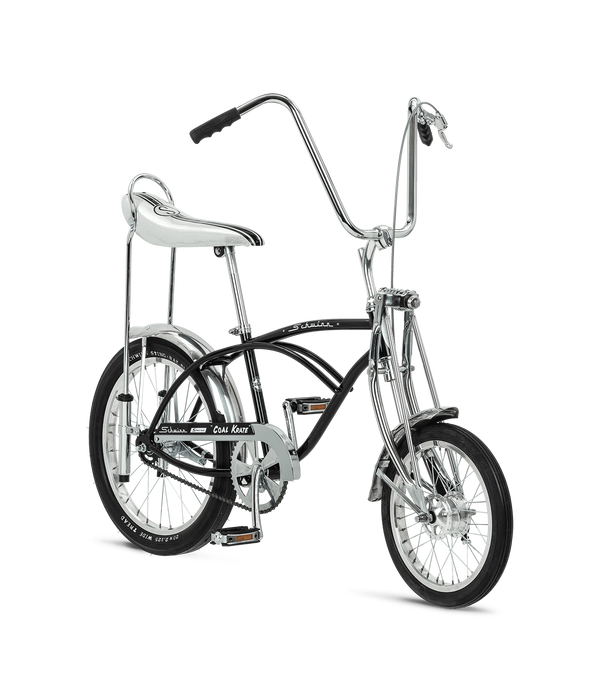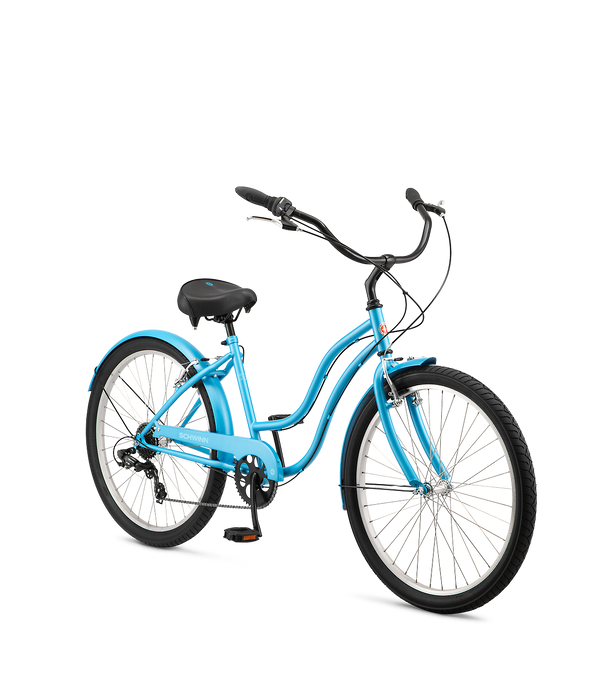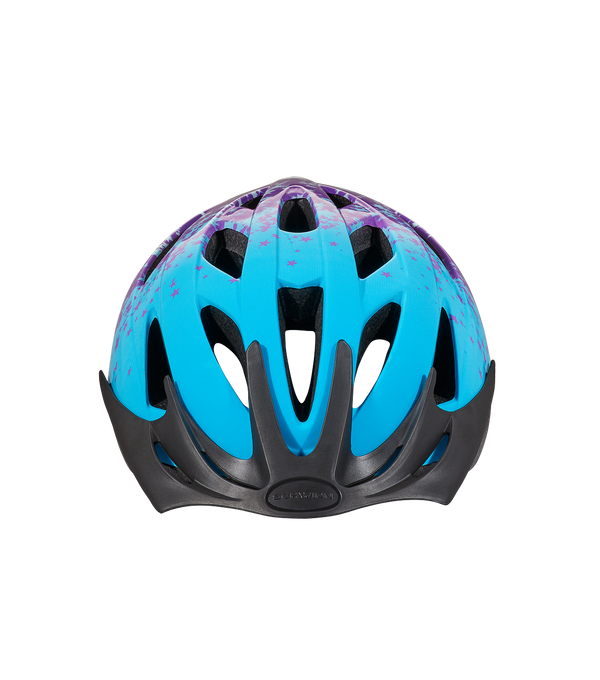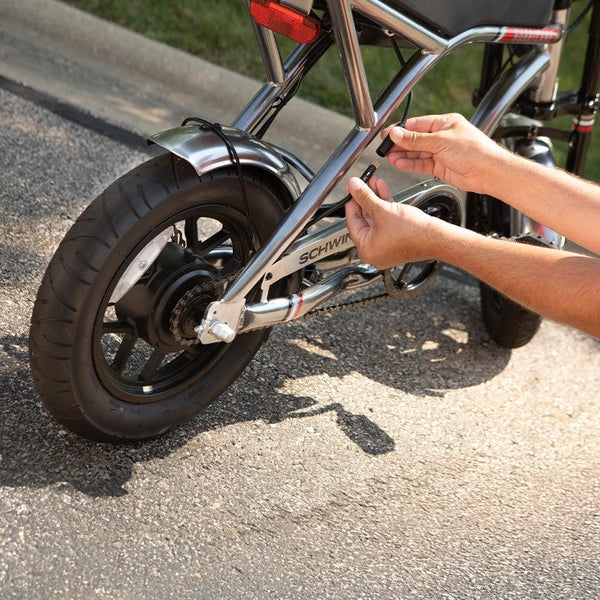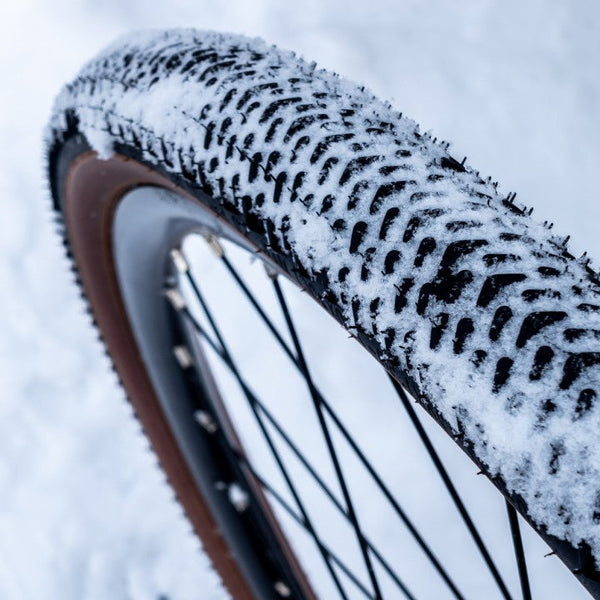Have you ever ignored a dry, squeaking chain and ridden your bike for months while it chirped like a nest of hungry eaglets? You’ll be happy to learn that basic chain care is worth the effort, surprisingly simple, and neither time- nor money-consuming. Just a little work goes a long way towards improving your chain’s lifespan and performance.
What You’ll Need:
- A chain-friendly degreasing solvent (like Simple Green or a citrus degreaser)
- An old toothbrush or cotton rags (torn-up old cotton T-shirts, sheets or diapers are great)
- A good chain lube for your riding environment
Optional Items:
- A gear-cleaning brush for cleaning the cogs, derailleur and sprockets
- A repair stand
- Latex or rubber gloves to keep your hands clean
- A chain-cleaning tool
Before You Begin:
- Choose a workspace where you can make a mess (outdoors, indoors on a drop cloth or at your community bike shop).
- If you have a repair stand, put your bike on it; if you don’t, either prop the front wheel securely so that the bike stands alone or flip the bike upside down and let it rest securely on its handlebars and seat (protect your seat from scuffs and dirt by setting it on a rag).
Now you’re ready to get started!
Step 1: Clean Your Chain
- Start by cleaning your rear cogs (the cluster of gears on your rear wheel) and your rear derailleur pulleys (the star-shaped things the chain zigzags through). If those are really gunked up, your chain will get dirty again as soon as you ride.
- Next, degrease the chain.
If you’re using a chain cleaning tool, pour some degreasing solvent into little box with brushes and rollers inside, clip the box onto the lower section of your chain, hold the box in place and then backpedal the whole chain through it several times. The rollers and bristles run your chain through a solvent bath.
If you don’t have a specialized chain cleaning tool, a rag and an old toothbrush will do the job just fine. Put some of the degreaser solvent onto a rag. Grip a segment of the chain with the solvent-soaked rag and hold it gently but firmly. Now, use your free hand to pedal backward, until the entirety of the chain has been run through the rag and wiped off. - Once the chain has been degreased, repeat the process using soapy water instead of the degreasing solvent.
- Wipe the chain dry with a clean rag.
Step 2: Oil Your Bike Chain
Take a good chain lubricant for your riding environment and drip oil evenly over the chain. The easiest way to do this is to let the oil drip steadily onto a fixed point while backpedaling, so the entire chain gets saturated. Ideally, use a drip-type oil, and oil along the chain’s inner circumference – the part the gears penetrate.
How Often Should You Oil Your Chain?
Oiling your chain depends on the frequency and type of riding you do. If you ride a mountain bike, you're bound to get more gunk. Do you use a road bike as your primary form of transportation? You'll probably want to check your chain at least once a month.
A good rule of thumb is to clean and lube your chain whenever the chain starts squeaking, or if it’s looking gunky. If you’re feeling super-thorough, you can periodically remove the chain from your bike using a chain tool or, if your chain has it, the “master link.” Clean it thoroughly with solvent, then re-oil it. Again, be sure you don’t leave excess lubrication on the chain, as it’ll pick up dirt and grit that’ll accelerate chain wear.

What Type of Oil is Best for Your Environment?
Wetter environments often require heavier oils and more frequent bike maintenance. Drier environments tend to need lighter oils that pick up less dust and grime. Biodegradable soy-based chain lubricants have received good reviews, too. Ask your local bike mechanic for advice on what’s best for your area. Be sure to use lube intended specifically for bicycle chains. Sheldon Brown’s website, an authoritative source of bicycle information, cautions against using automotive motor oil, household oil, such as 3-in-1, or WD-40.
The “factory” lube that your chain comes oiled with is often of a higher quality than what you’ll be able to purchase at many retail outlets. So don’t clean it off when you buy a new bike — wait until your chain is dry before applying new oil.
And that’s all there is to it! With just a few simple steps and a little practice, you can keep your bike in good working order for years of riding.

For more information on how to keep your bike in tip top shape, check out our Care & Maintain blog posts.
